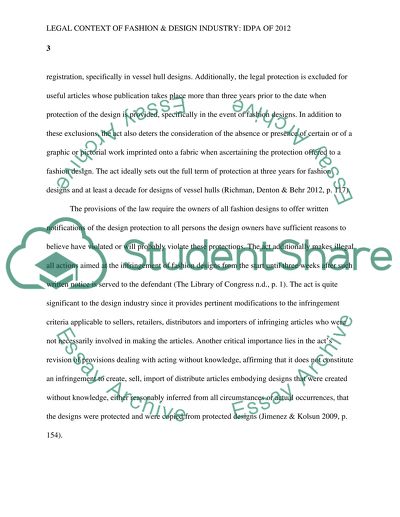Cite this document
(“Innovative Design Protection Act (IDPA) of 2012 Essay”, n.d.)
Retrieved from https://studentshare.org/law/1472953-innovative-design-protection-act-idpa-of-2012
Retrieved from https://studentshare.org/law/1472953-innovative-design-protection-act-idpa-of-2012
(Innovative Design Protection Act (IDPA) of 2012 Essay)
https://studentshare.org/law/1472953-innovative-design-protection-act-idpa-of-2012.
https://studentshare.org/law/1472953-innovative-design-protection-act-idpa-of-2012.
“Innovative Design Protection Act (IDPA) of 2012 Essay”, n.d. https://studentshare.org/law/1472953-innovative-design-protection-act-idpa-of-2012.


